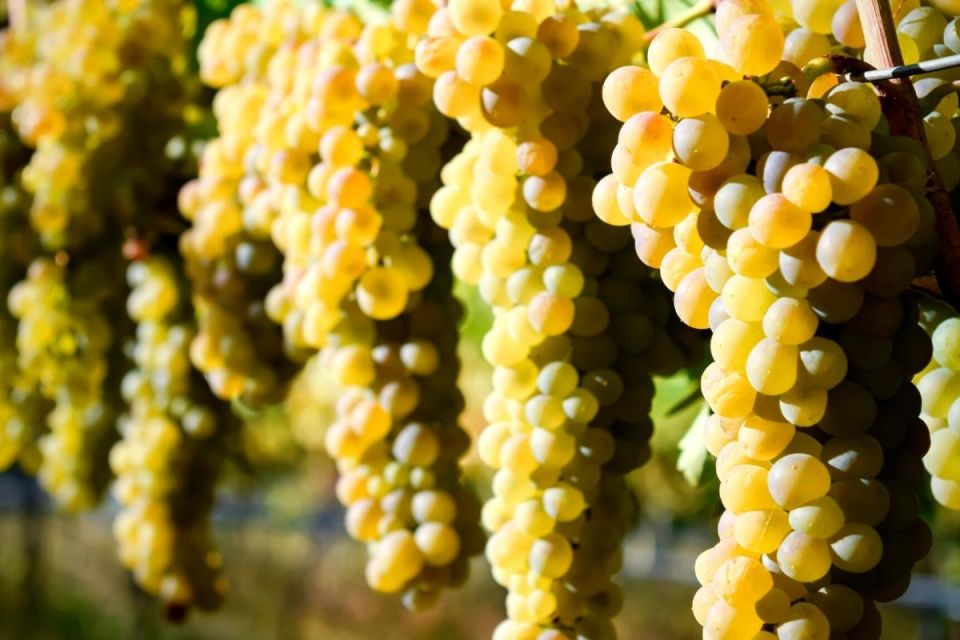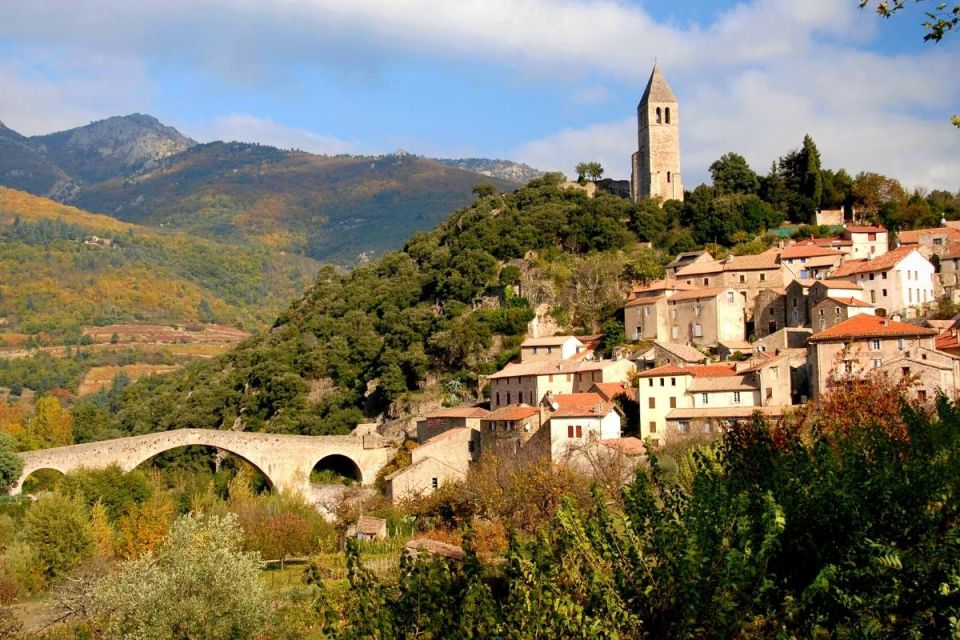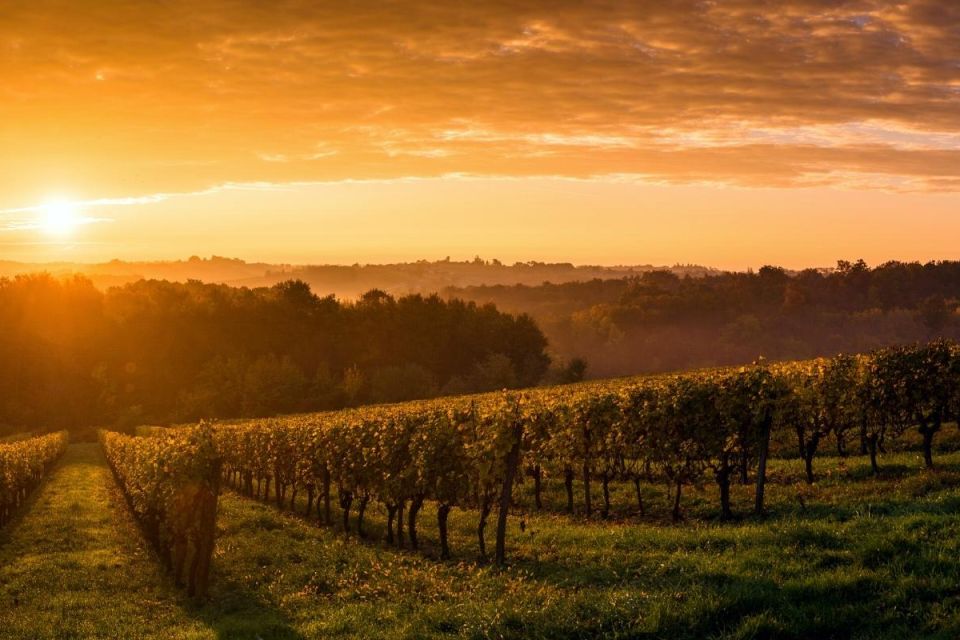Your Mini Basket
Viognier is an aromatic white grape variety that originated in the Northern Rhône and is rapidly growing in popularity in California, Australia, and beyond. Depending on the producer and how it’s made, it will range in intensity from light with a touch of bitterness to bold and creamy. If you like Chardonnay, you’ll like the weight of Viognier and notice it’s often a little softer on acidity but oilier and more perfumed.
Typically full-bodied, and most loved for its floral aromas and stone-fruit flavours, you’ll find that some Viogniers are oak-aged to add a creamier taste with hints of vanilla.
Perhaps the finest example of Viognier can be found in Condrieu, an appellation in France’s Northern Rhône, which is dedicated to single-varietal Viognier. You’ll also find it in white blends as it will add floral notes and body to the wine.




